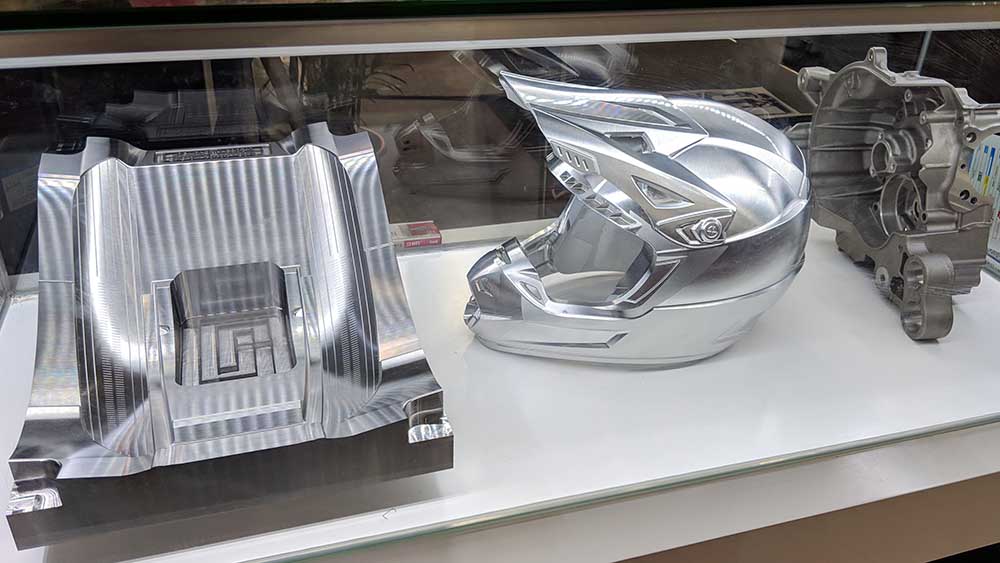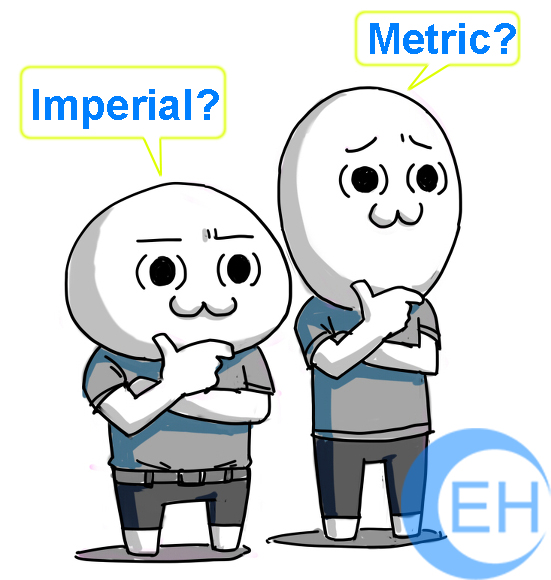CNC is the automated control of machining tools (drills, boring tools, lathes) and 3D printers by means of a computer. A CNC machine alters a blank piece of material (metal, plastic, wood, ceramic, or composite) to meet precise specifications by following programmed instructions and without a manual operator.
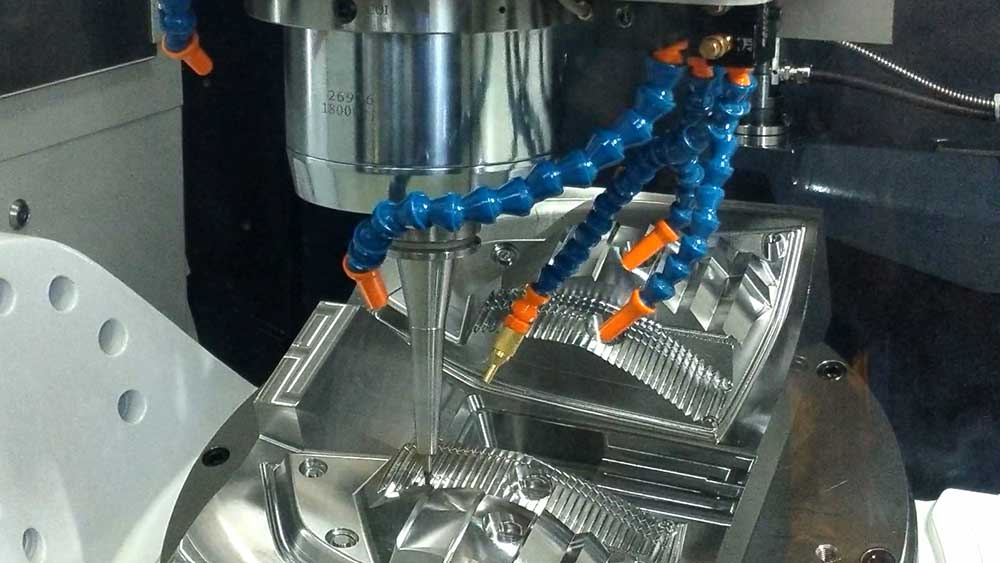
CNC machines combine a motorized maneuverable tool and often a motorized maneuverable platform, which are both controlled by a computer core, according to specific input instructions. Instructions are delivered to an NC machine in the form of graphical computer-aided design (CAD) files, which are transformed into a sequential program of machine control instructions such as G-code, and then executed. In the case of 3D Printers, the part to be printed is “sliced”, before the instructions (or the program) is generated.
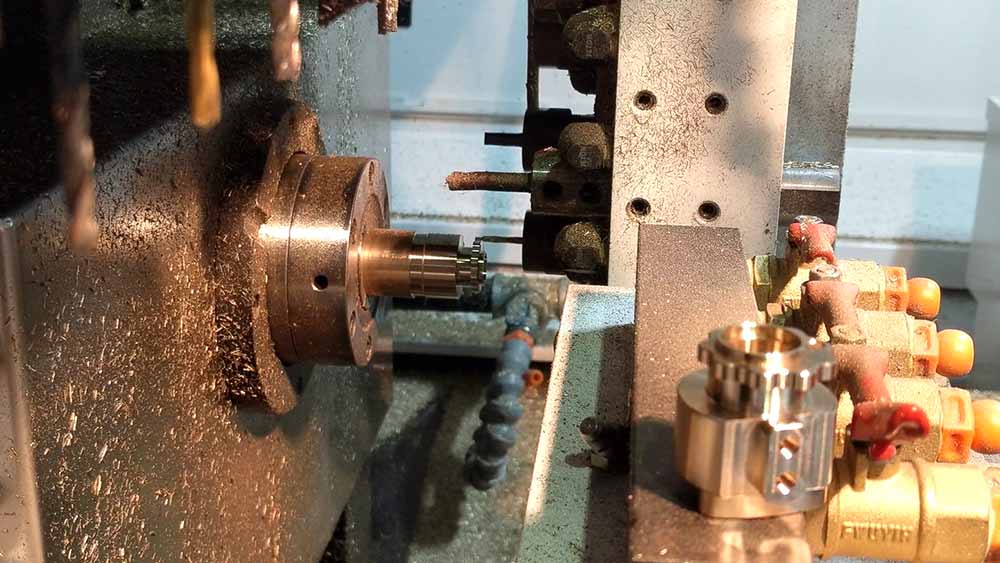
CNC is a major advance in machining and is a vast improvement over non-computer type machining that requires manual control, by hand wheels or levers, or mechanical control by fabricated pattern guides (cams). In modern CNC systems, the design of a mechanical part and its manufacturing program is highly automated. The part’s mechanical dimensions are defined using CAD software and then translated into manufacturing directives by computer-aided manufacturing (CAM) software. The resulting directives are transformed (by “post processor” software) into the specific commands necessary for a particular machine to produce the component and then are loaded into the CNC machine.
Since any particular component might require the use of a number of different tools – drills, saws, etc. – modern machines often combine multiple tools into a single “cell”. In other installations, a number of different machines are used with an external controller and human or robotic operators that move the component from machine to machine. In either case, the series of steps needed to produce any part is highly automated and produces a part that closely matches the original CAD.
CNC motion is controlled along multiple axes, normally at least two (X and Y), and a tool spindle that moves in the Z (depth). The position of the tool is driven by direct-drive stepper motors or servo motors in order to provide highly accurate movements, or in older designs, motors through a series of step-down gears. Open-loop control works as long as the forces are kept small enough and speeds are not too great. On commercial metalworking machines, closed-loop controls are standard and required in order to provide the accuracy, speed, and repeatability demanded.

As the controller ever hardware evolved, the mills themselves also evolved. One change has been to enclose the entire mechanism in a large box as a safety measure, often with additional safety interlocks to ensure the operator is far enough from the working piece for safe operation. Most new CNC systems built today are 100% electronically controlled.
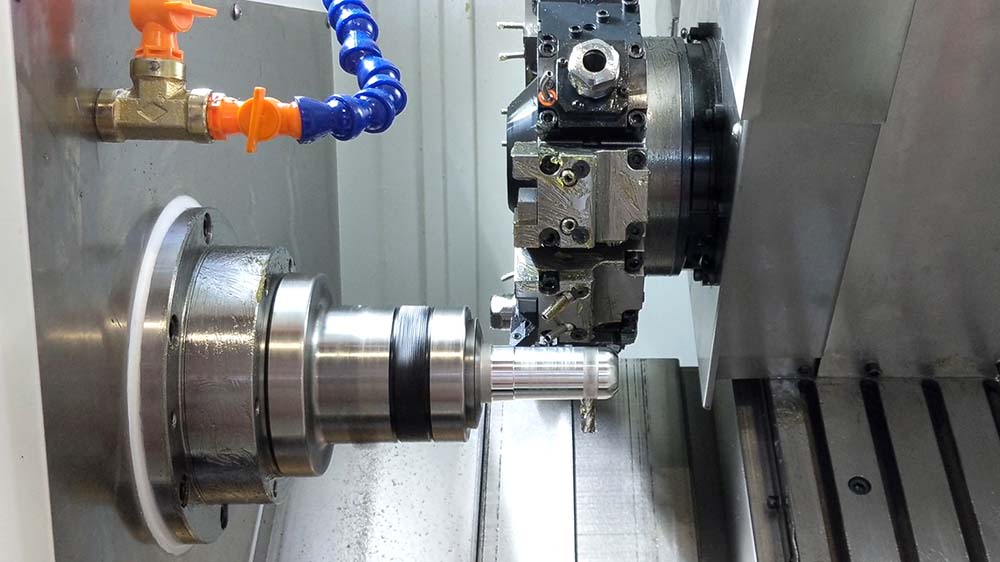
CNC-like systems are now used for any process that can be described as a series of movements and operations. These include laser cutting, welding, friction stir welding, ultrasonic welding, flame, and plasma cutting, bending, spinning, hole-punching, pinning, gluing, fabric cutting, sewing, tape, and fiber placement, routing, picking and placing, and sawing. Many other tools have CNC variants, including: Drills, EDMs, Embroidery machines, Lathes, Milling machine, Canned cycle, Wood routers, Sheet metal works (Turret punch), Tube, pipe and wire bending machines, Hot-wire foam cutters, Plasma cutters, Water jet cutters, Laser cutting, Oxy-fuel, Surface grinder, Cylindrical grinders, 3D printing, Induction hardening machines, Submerged arc welding, Glass cutting.
